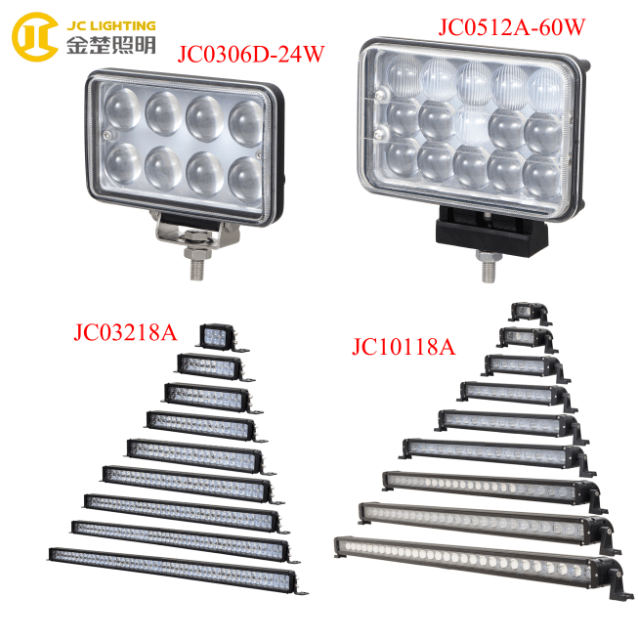In this system a filament is located at one focus of an ellipsoidal reflector and has a condenser lens at the front of the lamp. A shade is located at the image plane, between the reflector and lens, and the projection of the top edge of this shade provides the low-beam cutoff. The shape of the shade edge, and its exact position in the optical system, determines the shape and sharpness of the cutoff.[46] The shade may be lowered by a solenoid actuated pivot to provide low beam, and removed from the light path for high beam. Such optics are known as BiXenon or BiHalogen projectors. If the cutoff shade is fixed in the light path, separate high-beam lamps are required. The condenser lens may have slight fresnel rings or other surface treatments to reduce cutoff sharpness. Modern condenser lenses incorporate optical features specifically designed to direct some light upward towards the locations of retroreflective overhead road signs.
Hella introduced ellipsoidal optics for acetylene headlamps in 1911, but following the electrification of vehicle lighting, this optical technique wasn't used for many decades. The first modern polyellipsoidal (projector) automotive lamp was the Super-Lite, an auxiliary headlamp produced in a joint venture between Chrysler Corporation and Sylvania and optionally installed in 1969 and 1970 full-size Dodge automobiles. It used an 85 watt transverse-filament tungsten-halogen bulb and was intended as a mid-beam, to extend the reach of the low beams during turnpike travel when low beams alone were inadequate but high beams would produce excessive glare.
Projector main headlamps first appeared in 1981 on the Audi Quartz, the Quattro-based concept car designed by Pininfarina for Geneva Auto Salon.[citation needed] Developed more or less simultaneously in Germany by Hella and Bosch and in France by Cibié, the projector low beam permitted accurate beam focus and a much smaller-diameter optical package, though a much deeper one, for any given beam output. The version of the 1986 BMW 7 Series (E32) sold outside North America was the first volume-production auto to use polyellipsoidal low beam headlamps. The main disadvantage of this type of headlamp is the need to accommodate the physical depth of the assembly, which may extend far back into the engine compartment.
We also have lots of projector lamps.

